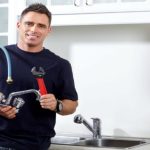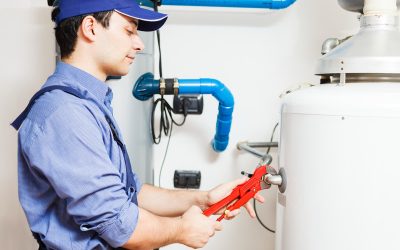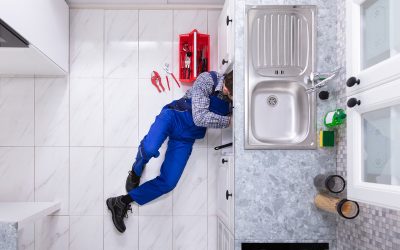Trees are actually the most common cause of clogged sewer lines leading to sewer repair. Roots seeking a water source are naturally drawn to warm water vapor escaping from sewer lines into the soil. Roots enter via tiny cracks or loose joints, and then grow and clog the system. Other causes are objects that get lodged in the pipes, extreme temperature changes and general deterioration causing pipes to buckle or break. Ground shifting or improper installation can lead to misalignment and also cause clogs and breaks in your pipes. Traditionally, these scenarios resulted in intrusive and very expensive repairs. Pipes had to be excavated and repaired and then replaced. As much money was spent on clean-up and re-landscaping as on the actual repairs to the system.
Today, thankfully, sewer repair has benefited from new and less invasive procedures. A video sewer inspection is helpful for letting plumbers know what type of repair is needed and where in the system it is needed. For example, the camera placed through the pipes will help determine if there is a clog or a broken pipe. It can alert the plumber to the location as well. Pinpointing the location, whether in the basement, in the second floor or the middle of the front yard, will save time, trouble and money. Major repairs can be averted as well as the camera shows leaks and gathering debris that may become a clog if not taken care of quickly and early.
Trenchless pipe repair uses a few access points to the system that requires only small patches of pipe be dug up. These can be filled in easily after repairs are completed, sometimes with no visible signs of ever having been dug up in the first place. There are two approaches to repair once an access point is exposed. DRAIN RIGHT SERVICES can explain in detail.
A fiberglass lining can be placed inside the existing pipe to seal any damage. The lining is strong enough to prevent tree roots from entering the system and prevent calcification to build up and clog the pipes. The second method is to pull new piping through the existing pipes which are broken apart in the process. This means that only the new pipes actually replace the old ones.








